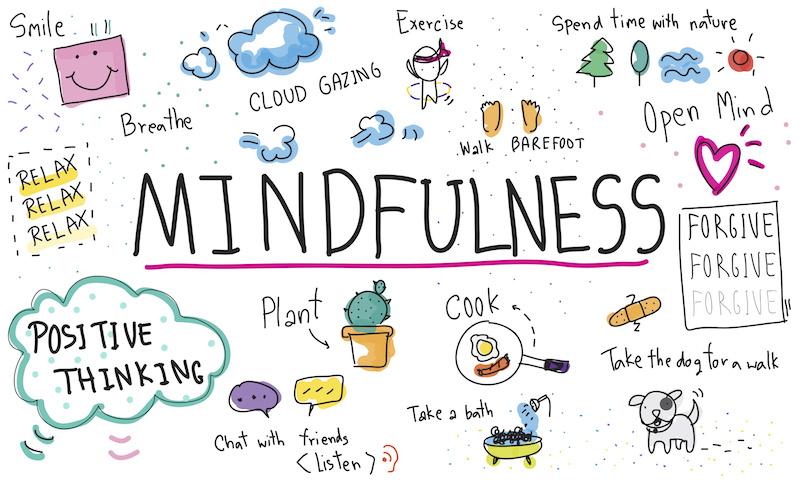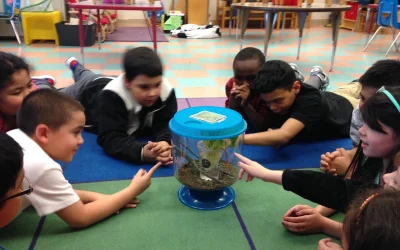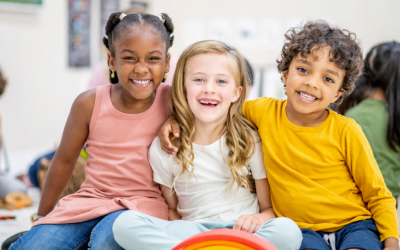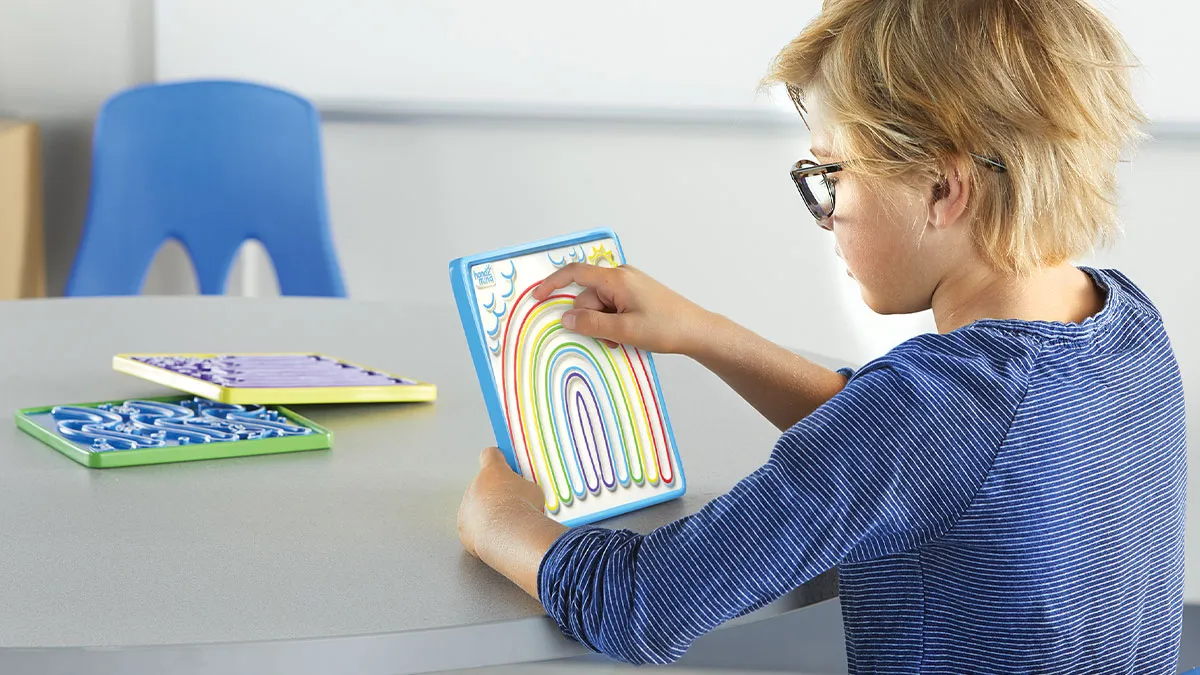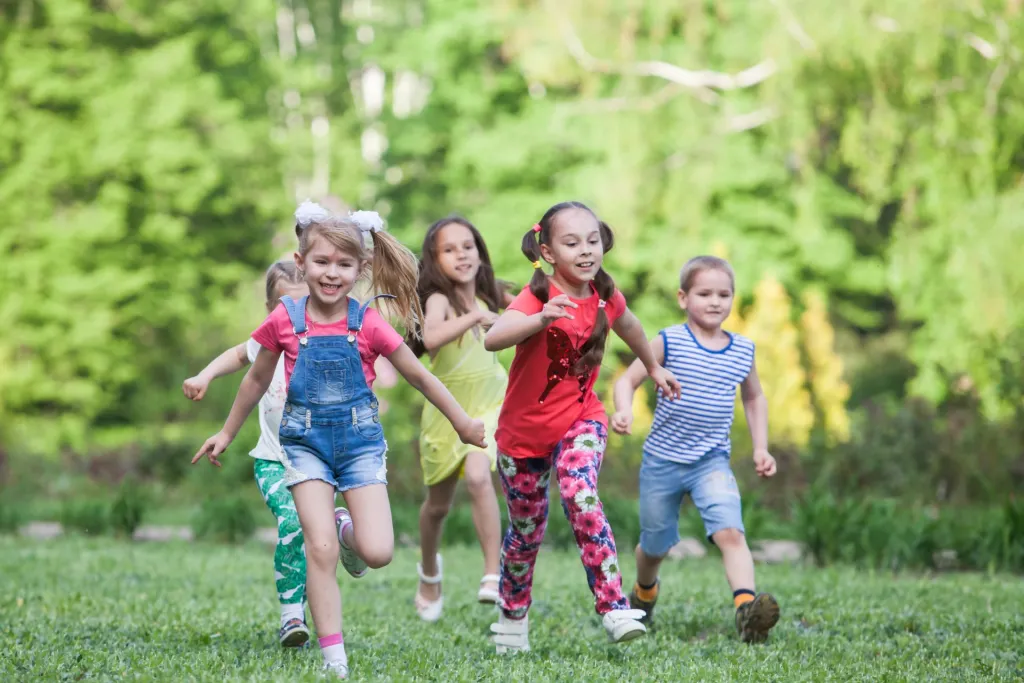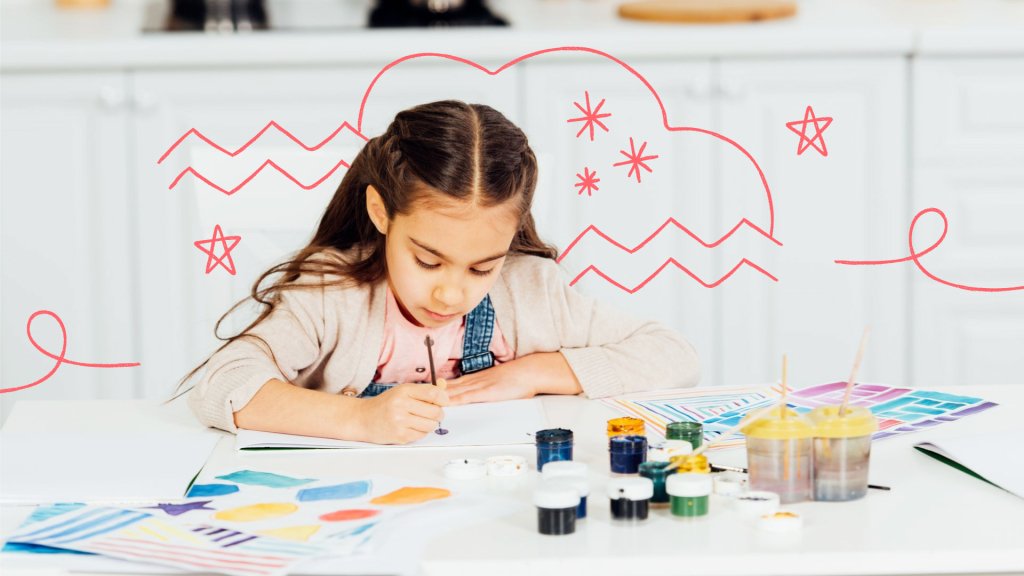Explore the role of mindfulness in enhancing focus and learning in the classroom. Learn how mindfulness practices can improve students’ attention and academic engagement.
Table of Contents
Mindfulness in the Classroom: Enhancing Learning and Focus
Imagine a classroom filled not with frantic scribbling and nervous energy, but with a sense of calm attentiveness. Students are present, focused, and engaged in the learning process. This isn’t just a utopian dream; it’s the reality that mindfulness can bring to education.
What is Mindfulness?
Mindfulness is the practice of paying non-judgmental attention to the present moment. It’s about being aware of our thoughts, feelings, and bodily sensations without getting caught up in them. In the classroom, mindfulness can be as simple as taking a few deep breaths together at the start of a lesson, or practicing a short guided meditation.
Why Mindfulness Matters for Learning
Our brains are like busy marketplaces, constantly bombarded with stimuli. This constant influx of information can make it difficult to focus, especially for young learners. Mindfulness practices offer a powerful antidote to this mental clutter. By training the mind to be present and aware, students can filter out distractions, enhance their focus, and improve their ability to learn.
Benefits of Mindfulness in Education
The benefits of mindfulness for students are numerous and well-documented. Research shows that mindfulness can:
- Improve focus and attention: Mindfulness strengthens the brain’s attention network, allowing students to stay on task for longer periods and resist the lure of distractions.
- Reduce stress and anxiety: Stress and anxiety are major enemies of focus. Mindfulness techniques like deep breathing and meditation can help students manage these emotions, creating a calmer and more conducive learning environment.
- Increase emotional regulation: Mindfulness teaches students to observe their emotions without judgment, fostering self-awareness and emotional intelligence. This, in turn, helps them respond to challenges constructively and maintain focus amidst academic pressures.
- Boost empathy and compassion: Mindfulness fosters a sense of connection with others, leading to improved relationships and a more positive learning environment.
- Enhance creativity and problem-solving: By calming the mind and reducing noise, mindfulness can spark creativity and innovative thinking.
- Heightened Motivation and Engagement: When students are present and aware, they become more interested in the learning process. Mindfulness can spark curiosity, promote active participation, and foster a love for learning.
Bringing Mindfulness into the Classroom
There are many ways to incorporate mindfulness into the classroom, regardless of age or subject matter. Here are a few simple ideas:
- Short and Sweet Mindfulness Breaks: Begin each lesson with a few minutes of mindful breathing, guided visualization, or gentle stretching. These quick exercises can reset the mind, refocus attention, and prepare students for learning.
- Practice mindful listening: Encourage students to listen attentively to each other without interrupting, taking turns to share their thoughts and ideas.
- Integrate mindfulness into lessons: Find creative ways to weave mindfulness practices into the curriculum. For example, in a science class, students can practice mindful observation of natural phenomena, while a history lesson can benefit from a guided meditation exercise exploring past events.
- Create a mindful classroom environment: Designate a quiet space in the classroom where students can go to practice mindfulness when they need a break.
- Lead by example: As the teacher, your own mindfulness practice sets the tone for the classroom. Make time for your own mindfulness exercises and model mindful behavior for your students. Remember, mindfulness is a journey, not a destination. There will be ups and downs, distractions and moments of forgetfulness. But with consistent practice and gentle encouragement, mindfulness can blossom into a powerful tool for enhancing student attention, engagement, and overall learning success.
Remember, mindfulness is a journey, not a destination. It takes time and practice to cultivate mindfulness, and there will be setbacks along the way. But the rewards are well worth the effort. A mindful classroom is a more positive, productive, and enriching learning environment for everyone involved.
Additional Resources:
- Mindful Schools: https://www.mindfulschools.org/
- The Greater Good Science Center: https://ggia.berkeley.edu/
- Mindfulness in Education Network: https://www.mindfulteachers.org/
By incorporating mindfulness into your classroom, you can create a space where students can thrive, both academically and emotionally. So take a deep breath, let go of distractions, and open your mind to the possibilities of mindful learning.
I hope this article has been informative and inspiring. Please let me know if you have any questions or if there’s anything else I can help you with.

